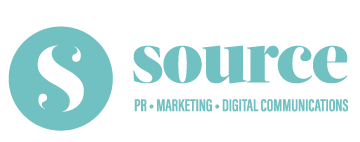MAKE IT, DON’T FAKE IT
Since Donald Trump’s election the term ‘fake news’ is being increasingly used to discredit all sorts of stories which people don’t agree with, from heavyweight political scandals to the quirky, more light hearted stories commonly found on social media.
So what is ‘fake news’? Essentially it’s when outlets deliberately publish hoaxes, propaganda and disinformation purporting to be real news, often using social media to drive web traffic and amplify the effect.
Why bother? Well it’s all about generating clicks and advertising revenue, or to enhance, discredit or boost a person, policy or organisation. Fake news can take many forms but is principally based around;
- Disinformation: False information which is intended to mislead the audience, rather than explain the full story
- Propaganda or spin: One-sided information, which often omits key facts or evidence which contradicts it
- Subjective news: The presentation of one side of an argument more positively than the other
- Infotainment: Usually stories about celebrities which are based largely on opinions rather than facts.
It could be argued that companies and media outlets have been peddling fake news for ages but the issue appears to be growing as the growth in news channels and social media platforms is pushing ‘editors’ to become more creative with their content in order to attract readers and page visits. However, if regularly delivering fake news they risk undermining the reputation of their organisations as respected news channel.
Protect your reputation
The same applies to businesses or individuals who seek to mislead their audiences for short term gain. If you have built up good contacts in the media, you can also quickly lose your goodwill by getting them to help spread stories about your business which aren’t strictly true.
Importantly, it can also damage a client’s authority and position as a media expert in their field and ultimately destroy the trust between your business and your customers, with obvious consequences.
We’d advise against propagating fake news but instead developing meaningful and trustworthy relationships with the media and other digital platforms that build credibility and authority in a sector or service.
Don’t issue news stories unless the story is genuinely newsworthy, which means there needs to be something about your story that makes it interesting and prompts people to read it. Think about your audience and ask why they should care about your story. Is it something they need to know? Is it something that they need answering? Can your story help them in any way?
Also be mindful of what you like or share on social media. It’s easy to inadvertently like, retweet or share a fake news story. But if you do, you’re unwittingly helping to spread the fake news or even endorse it.
Certain sections of the PR industry are renowned for using trickery, sleight of hand and dark arts to pull the wool over people’s eyes on behalf of their clients. But if you’ve got a good story to tell, why rely on cheap gimmicks? At Source PR we offer straightforward, effective and most importantly honest advice. That’s the best way to build relationships and get results without the need for fake news.

